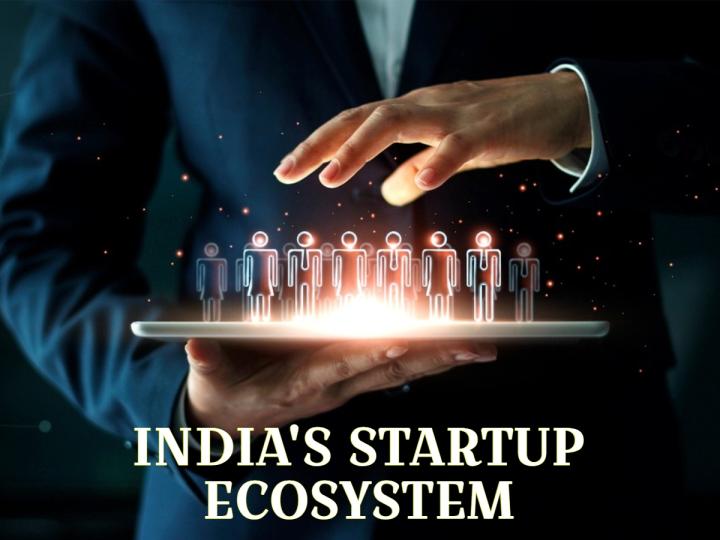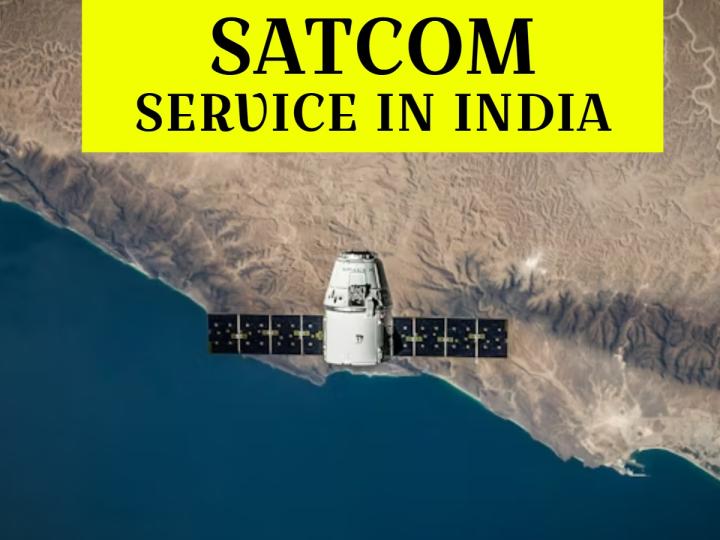
India has emerged as the world’s third-largest startup hub, trailing only the US and China. What started a decade ago with a handful of unicorns has now transformed into a thriving ecosystem of over 1,20,000 startups across fintech, SaaS, deep tech, climate tech, and more.
By 2025, India is expected to cross 150 unicorns, with total startup funding exceeding $120 billion. But the story goes beyond numbers—India’s startup revolution is about innovative solutions addressing real-world problems, from AI-driven agri-tech tools helping farmers to fintech apps enabling millions of Indians to invest digitally.
This growth is backed by global venture capital funds, government initiatives like Startup India, and India’s digital-first consumer base, creating a fertile environment for entrepreneurship.
📌 Case Study: In 2024, Zepto, a 10-minute grocery delivery startup, became a unicorn in record time by scaling operations across Tier-2 cities. This signaled a major shift: India’s startup growth is no longer metro-centric but pan-India, unlocking opportunities across smaller cities and towns.
Funding Surge
India raised over $18 billion in startup funding in 2024, with AI, SaaS, and fintech leading the charts. Venture capitalists, angel investors, and global tech funds are actively scouting India for high-growth startups.
Unicorn Growth
Sectors like fintech, healthtech, edtech, and climate-tech are producing unicorns at record pace. Startups such as CRED, Razorpay, and Pharmeasy have scaled rapidly, demonstrating India’s potential to create global market leaders.
Tier-2 and Tier-3 City Expansion
Cities like Jaipur, Indore, Kochi, and Ahmedabad are becoming hotbeds for entrepreneurship. Affordable infrastructure, government incentives, and rising local talent are attracting global VCs beyond traditional hubs like Bengaluru, Hyderabad, and Delhi.
Government Support
India’s Startup India initiative continues to provide crucial backing through:
Startup India Seed Fund: Early-stage funding for budding entrepreneurs.
Fund of Funds for Startups (FFS): Investments in high-potential startups via SEBI-registered VC funds.
Regulatory ease, tax benefits, and mentorship programs further fuel the ecosystem.
Tech Talent and Young Workforce
India produces over 5 million engineers annually, creating a robust talent pool for AI, SaaS, IoT, and biotech startups. The youthful workforce is digital-savvy, risk-taking, and innovation-oriented, giving Indian startups a competitive edge globally.
Fintech
Digital payments, wealth tech, and micro-lending solutions are transforming financial inclusion. Startups like Groww, Paytm, and Zerodha are redefining how millions interact with finance.
Healthtech
Telemedicine, AI diagnostics, and biotech innovations are solving India’s healthcare challenges. Companies such as Practo and Niramai are examples of scalable solutions with global applicability.
Climate-tech & Clean Energy
Startups developing EV batteries, solar solutions, and energy-efficient products are attracting both domestic and foreign funding, aligning growth with sustainability goals.
Edtech & Skill Development
Platforms like Byju’s, UpGrad, and Simplilearn are leveraging AI and gamified learning to reach students across India, enhancing skills for a global workforce.
Deep Tech & AI
Startups focusing on machine learning, robotics, IoT, and blockchain are creating products with global relevance, positioning India as a hub for cutting-edge technology.
India has seen a surge in foreign VC participation:
SoftBank Vision Fund, Sequoia Capital, and Tiger Global are increasing their India portfolios.
Cross-border funding rounds are becoming common, with investors looking at India as a high-return, scalable ecosystem.
Investors are drawn to India not only for market size but also for innovation-driven solutions that can scale globally.
While India’s startup ecosystem is booming, challenges remain:
Funding Gap for Early-Stage Startups
Seed-stage funding is still limited compared to Series A and later rounds.
Government programs like Startup India Seed Fund and incubators are bridging this gap.
Regulatory Complexity
Multiple regulations across states can slow down expansion.
Standardized policies and mentorship networks are helping entrepreneurs navigate legal hurdles.
Retention of Talent
Rapid global demand for engineers leads to talent migration.
Startups are now offering equity, flexible work options, and learning opportunities to retain top talent.
Infrastructure in Smaller Cities
While Tier-2 and Tier-3 cities are growing, industrial infrastructure is still catching up.
Investment in co-working spaces, accelerators, and internet connectivity is mitigating this.
India’s startup ecosystem is no longer just about creating unicorns; it’s about building impactful businesses with global reach.
By 2030, India is projected to have over 500 unicorns, with a total funding ecosystem exceeding $500 billion.
Pan-India innovation, combined with government incentives, global investment, and digital adoption, positions India as a startup powerhouse.
Areas like AI, deep tech, fintech, climate-tech, and SaaS will continue to attract both domestic and foreign investments.
Entrepreneurs: Access to capital, mentorship, and digital platforms allows startups to scale rapidly across India and abroad.
Investors: Early investment in emerging sectors like AI, climate-tech, and fintech offers high ROI potential.
Global Businesses: Collaborations with Indian startups provide cost-effective innovation and talent acquisition.
Zepto: Rapid expansion in Tier-2 cities, proving fast delivery logistics can succeed outside metro areas.
CRED: Innovative fintech platform changing credit payments and rewarding financial discipline.
Ather Energy: EV startup scaling across multiple states while focusing on clean energy adoption.
These examples demonstrate that Indian startups are solving local problems with global solutions, a key factor for sustainable growth.
Q1: How many startups are there in India in 2025?
India has over 1,20,000 startups, spanning fintech, SaaS, deep tech, climate innovation, and more.
Q2: What is the expected number of unicorns by 2025?
India is expected to cross 150 unicorns by 2025, with total startup funding exceeding $120 billion.
Q3: Which cities are emerging as new startup hubs?
Besides Bengaluru, Delhi, and Hyderabad, cities like Jaipur, Indore, Kochi, and Ahmedabad are becoming major centers for innovation.
Q4: What sectors are driving India’s startup growth?
Key sectors include fintech, healthtech, edtech, SaaS, deep tech, and climate-tech.
Q5: How is the government supporting startups?
Through Startup India Seed Fund, Fund of Funds for Startups (FFS), tax incentives, regulatory easing, and incubators.
India’s startup ecosystem in 2025 is a global beacon of innovation, driven by talent, capital, and technology. With support from the government and global investors, Indian startups are creating impactful solutions for real-world problems.
For founders, investors, and global businesses, India is no longer just a market—it is the epicenter of the next wave of innovation and entrepreneurship.
India is not just building unicorns; it’s building the future.
1) Semicon India 2025: India Unveils First “Vikram” Chip
2) India’s Manufacturing & Export Growth : Make in India & Global Supply Chain Shift




